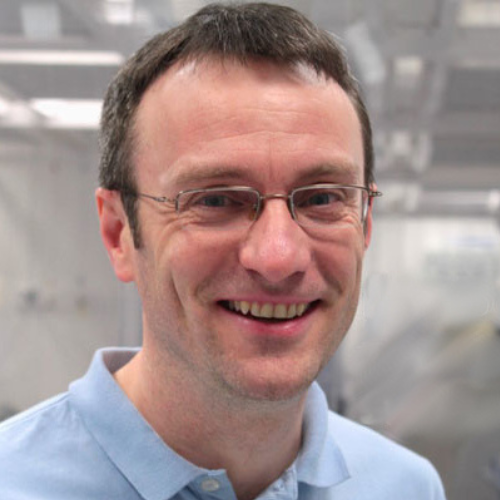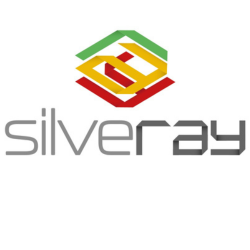X-ray imaging technology is used throughout industry and medicine for diagnosis and finding contaminants and defects. Currently, many cost-effective digital X-ray detectors use scintillator technology that converts X-rays to light and then to an electrical signal. This reduces performance in terms of image resolution, sensitivity, and detector size, making it harder to distinguish contaminants and defects. Silveray is developing a patented, high performance, lower cost, mechanically flexible X-ray detector film to directly convert X-rays into electrical signals to overcome these limitations.
Dr Stephen Whitelegg is the Chief Technology Officer of Silveray and joined the executive team at the seed funding stage. He wears many hats and has responsibilities in research and development, operations and safety, line management, team development, and strategy. Through the Shott Scale Up Accelerator he recognises: “The programme will help me prioritise and develop leadership skills to navigate the changes ahead as we evolve, develop winning strategies, and develop and motivate my team to take them with us on this exciting journey and deliver a great product.”
Over the next 12 months Silveray’s key milestones are to further optimise and develop their core IP, deliver and market prototypes, and demonstrate the advantage of their technology in several markets. In Summer 2024 they will be raising further investment to support this. The training and mentoring through the Shott Scale Up Accelerator will help Stephen develop executive leadership skills and his professional network.

He hopes to gain advice and collaboration opportunities, to better equip him to address the challenges and opportunities for Silveray, including finding further investment.
The X-ray imaging market can be split into two technologies segments: analogue radiographic film which is mechanically flexible and digital flat panel detectors which are mechanically rigid. Silveray’s mechanically flexible ‘Digital X-ray Film’ technology has the potential to combine the advantages of both technologies allowing them to address the $4.3 billion X-ray imaging market in its entirety.

